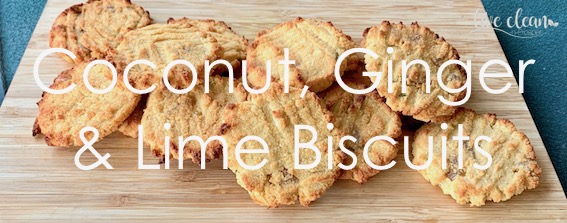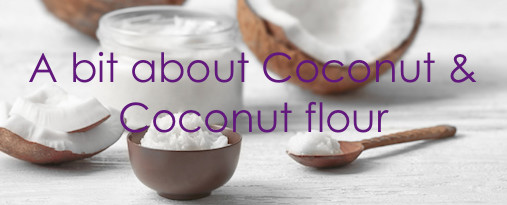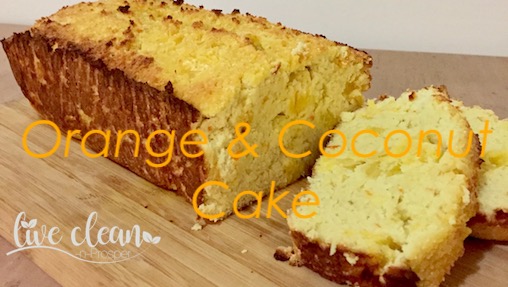Today I’m sharing a biscuit recipe using coconut flour.
In my last post I wrote about the health benefits of using coconut flour in cooking. I had previously made a coconut flour shortbread using a paleo recipe I had.
Let’s just say the result was not great. So I went in search of a new recipe to play with.
Here it is.
Coconut, Ginger and Lime biscuits.
Makes 12 to 15
You could swap out the ginger and lime for other dried fruits such as raisins or apricots, if ginger is not your thing.
Ingredients
1/3 cup coconut flour
1 tbsp desiccated coconut
zest of ½ lime
30 gms chopped naked ginger (un-crystallised)
45 gms melted butter
¼ cup honey
2 eggs, lightly beaten
1 tsp vanilla extract
pinch of salt
Method
Preheat the oven to 170’c
- Mix together the coconut flour, lime zest, salt, coconut
- Add the melted butter, vanilla and honey and mix well
- Then add the eggs and continue to stir the mixture till it becomes thick.
- Now add in the ginger, making sure the pieces are evenly distributed through the mix.
- Using a spoon, portion out the mix onto a lined baking tray. (I used my ½ tbsp. scoop) and press into shape.
- Place the tray in the center of your oven and bake for about 15 to 18 minutes until the biscuits start to turn a nice golden colour.
- Place on a rack to cool.
I made this recipe twice to work out the best way to bake the biscuits. The first batch I made was a thicker cookie style and baked for 15 minutes at 180’c. The second batch I made thinner and cooked them at 170’c for 18 min. Both batches resulted in a soft textured biscuit.
If you like coconut and ginger, have a go at baking these. They are a healthy biscuit treat full of good fibre and beneficial ginger.
I hope you enjoy them.
Till the next post,
Live clean n prosper



